
Within architecture, specifications—commonly referred to as “specs”—are essential documents that define both the qualitative and quantitative requirements for a building’s construction. If architectural drawings convey the narrative of spatial form, specifications describe the logic of its construction—articulating how materials, systems, and workmanship come together to realize a given project. Specs are developed during the design phase and issued alongside architectural drawings, and include detailed instructions on materials, performance criteria, installation methods, testing procedures for quality control, schedules and scope of work.
Distinct from code—which establishes generalizable legal, systematic or otherwise regulatory standards—specifications are tailored to detail the specific needs of a given project. They form a critical component of the construction contract documents, underpinning project delivery and serving as instruments for risk management, technical precision, regulatory compliance, and legal clarity. Today, specifications are highly structured, commonly organized according to the industry standard Construction Specifications Institute’s (CSI) MasterFormat, which divides construction into 50 sections based on work results and construction practices1.
Specifications can be classified into three main types:
Each type of spec involves a unique relationship between the coordination of the architect, manufacturer, and construction team. These contemporary dynamics, along with the format of specifications that we know today, have shifted significantly throughout history. Before modern specifications, construction information was conveyed through oral instruction, site-based negotiations, and informal written guidance. This occurred when “architects” were more intimately involved with the physical production of the building, performing the role of master builder with authority derived from their direct engagement with craft and material, and the responsibility to act as mediators between labor, material, and form. As architects gradually became professionalized, so too did their distinction in “design” from construction, a shift historians such as Dr. Ann Huppert mark as occurring within the 15th and 16th centuries during the Renaissance2. Much more recently in the 19th century—with the formation of professional architecture bodies such as the the American Institute of Architects (AIA), and the AIA standardization of contract documents in 1888— the dynamic of the architect within practice has grown to resemble what we understand it as today, with the gap between architects and construction widening, and the tool of specifications becoming a conventional, highly codified practice to navigate the realms of expertise, minimize the costs, risks, and liability of architects in built projects, and maximize the realizable clarity of a design intent3.
As challenges of ethics, resource scarcity, and climate change reshape supply chains and complicate construction within the built environment, specs continue to play a pivotal role in defining architectural agency—balancing creative vision with the practicalities of labor, manufacturing, legal frameworks of compliance, and material resources. The potential of specifications to mediate expertise within a built project may enable us to reconsider what materials we choose, how buildings could perform, and how an architect can shape the built environment in the twenty-first century.
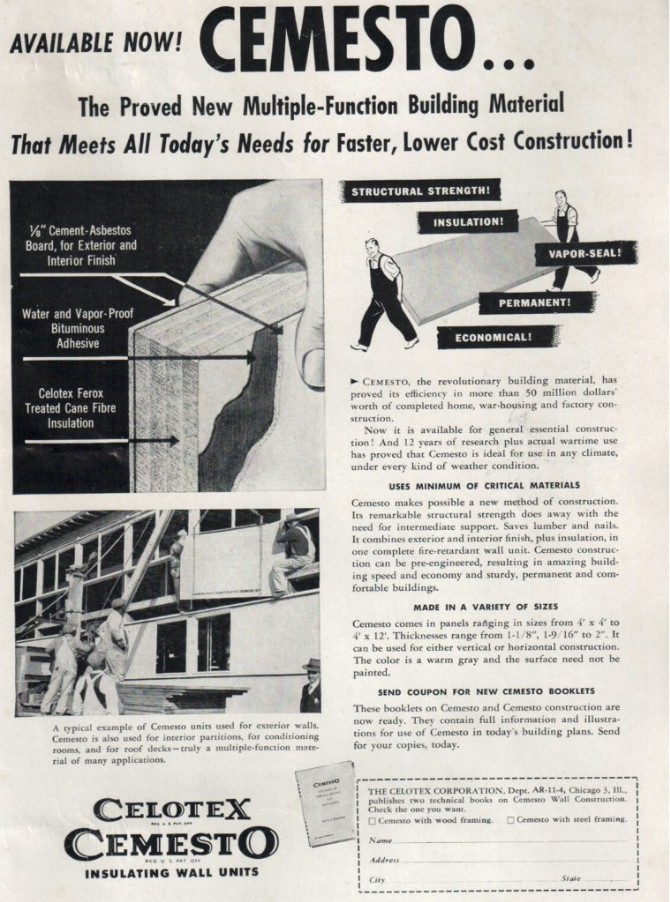
* This is a new category as of the course's 2025 session. As such, this category and its definitions are under development and works in active progress.
These specifications are used in the instance where the architect demands the use of a single building product. Typically, contractors select the cheapest material meeting the architect’s specified requirements, however, in this case, architects choose a specific product that must be used.
These specifications set expectations for how the building product in question will perform once construction is complete. This ensures that buildings function as intended and can include demands for sustainability measures among other performance metrics.
Prescriptive specifications are perhaps the first thing that comes to mind when thinking about specifications. These documents specify the qualities of the materials to be used and details their proper installation. They also specify tolerances for the installation of building products, communicating the expectation for labor quality.

Constantine I. Arch of Constantine. 315AD. Monumental Arch, 21x25.7x7.4 m.
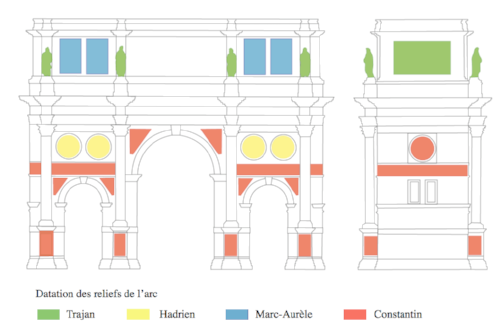
Wikipedia User Marsyas. Schéma de l’Arc de Constantin Montrant La Datation Des Différents Bas-Reliefs Composant Son Décor Sculpté, after Ward-Perkins, 1999. 2006. Wikipedia. https://en.wikipedia.org/wiki/File:Constantine_arch_datation.svg.
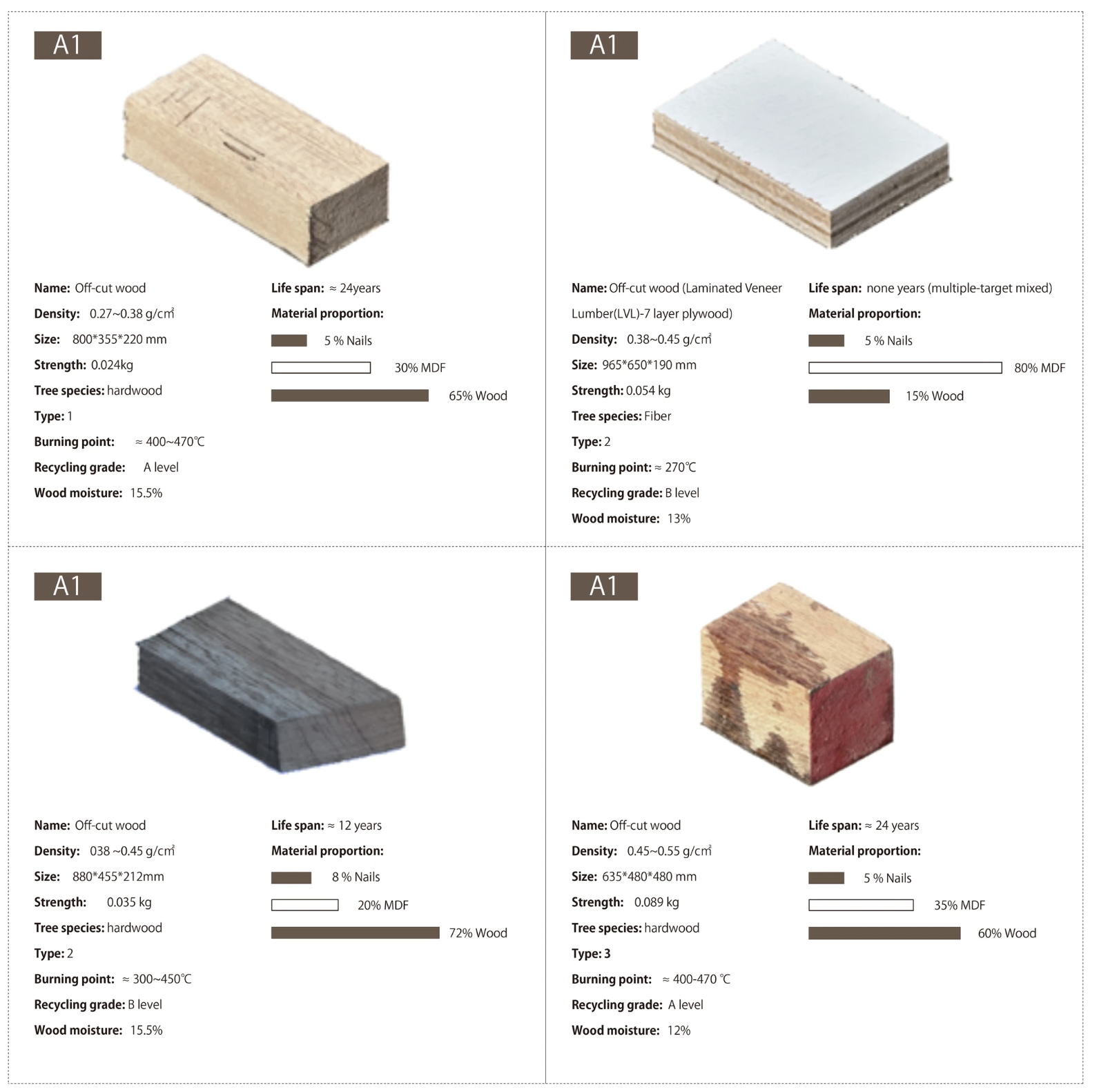
Yu, Boyuan, Jianing Luo, Yi Shi, Mingming Zhao, Adam Fingrut, and Lei Zhang. “Framework for Sustainable Building Design and Construction Using Off-Cut Wood.” Nature, Npj Materials Sustainability 1 (October 12, 2023). https://doi.org/10.1038/s44296-023-00002-8.
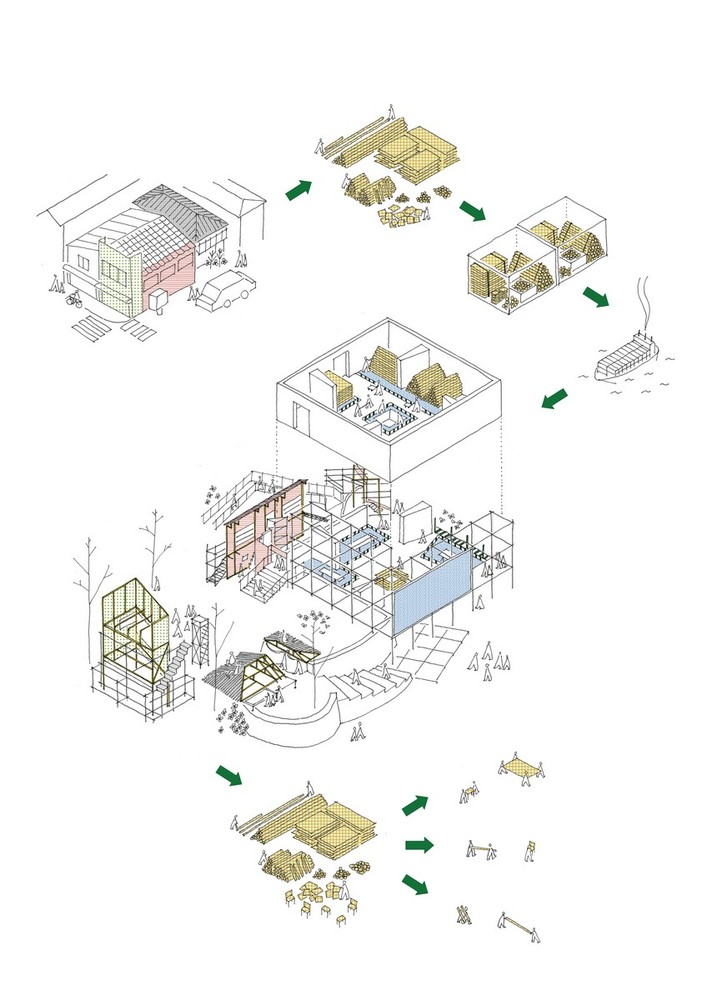
DDAA+Village. Japanese Pavilion for Venice Biennale 2021. 2021.
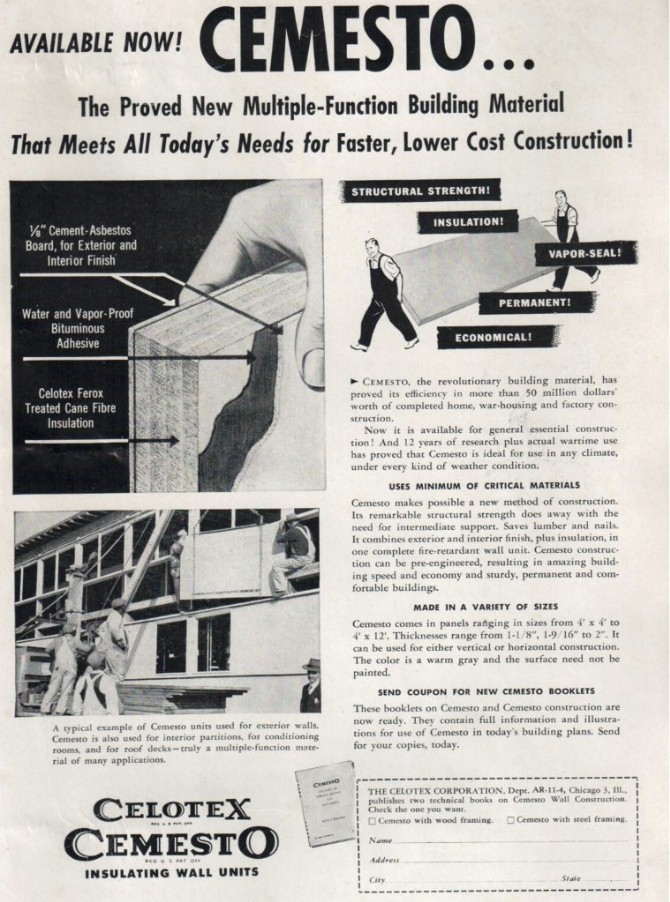
Celotex. Promotional Poster for Cemesto Building Product. n.d. Charles & Ray Eames Foundation.
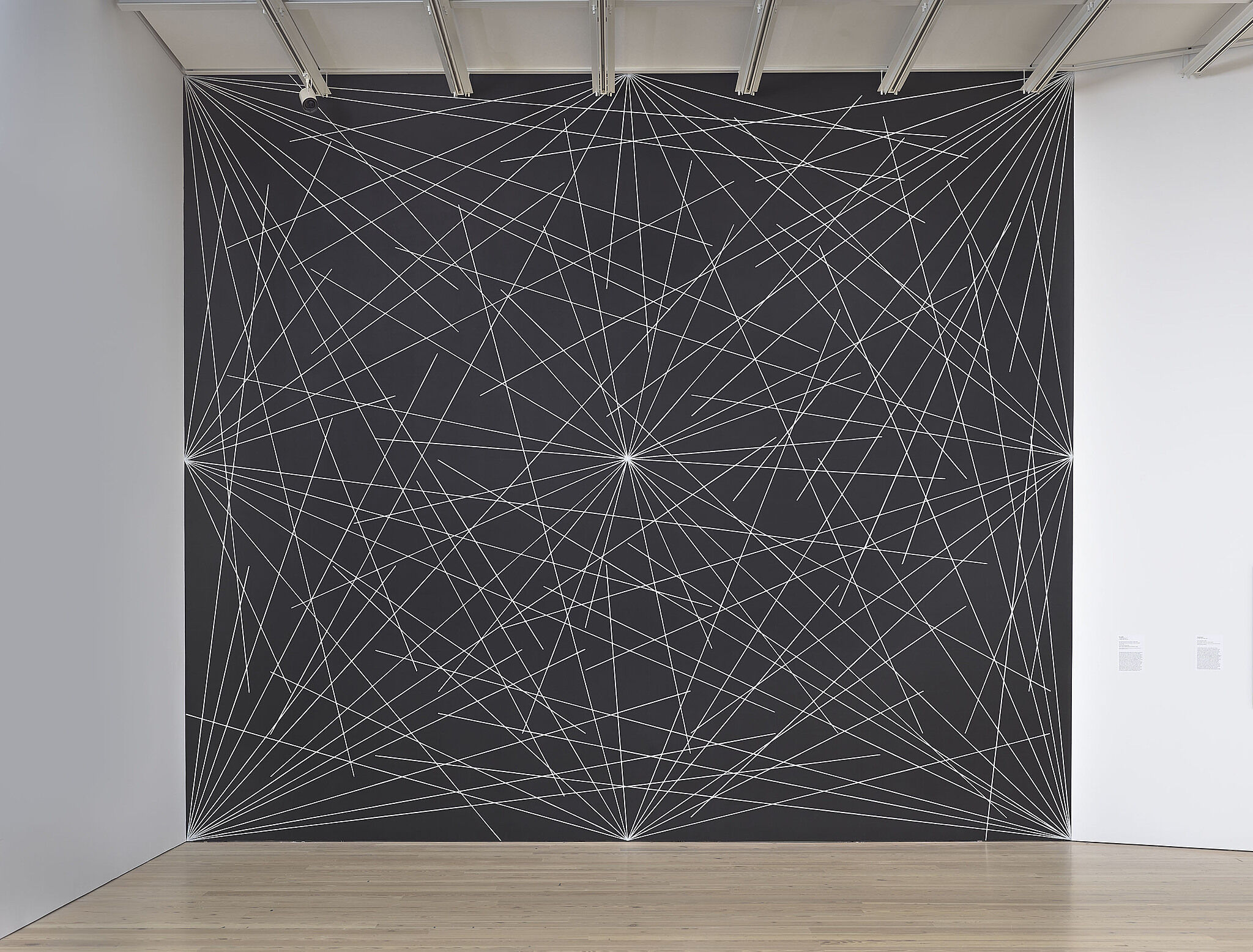
Lewitt, Sol. Wall Drawing 289. 1976. 78.1.1-4. Whitney Museum of American Art, New York, Purchase with funds from the Gilman Foundation, Inc.
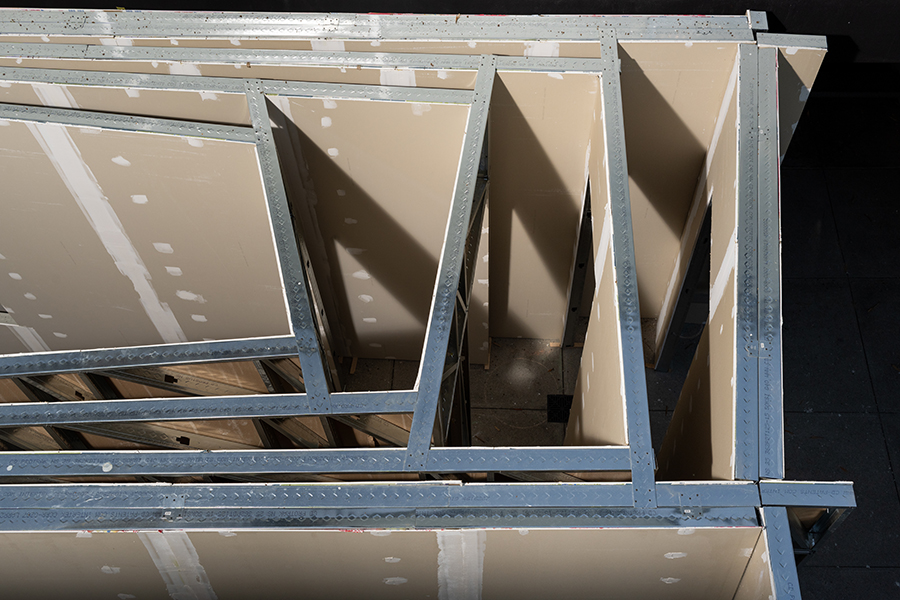
JaJa Co. Scoring, Building. 2020. Installation. MAK Center for Art and Architecture.
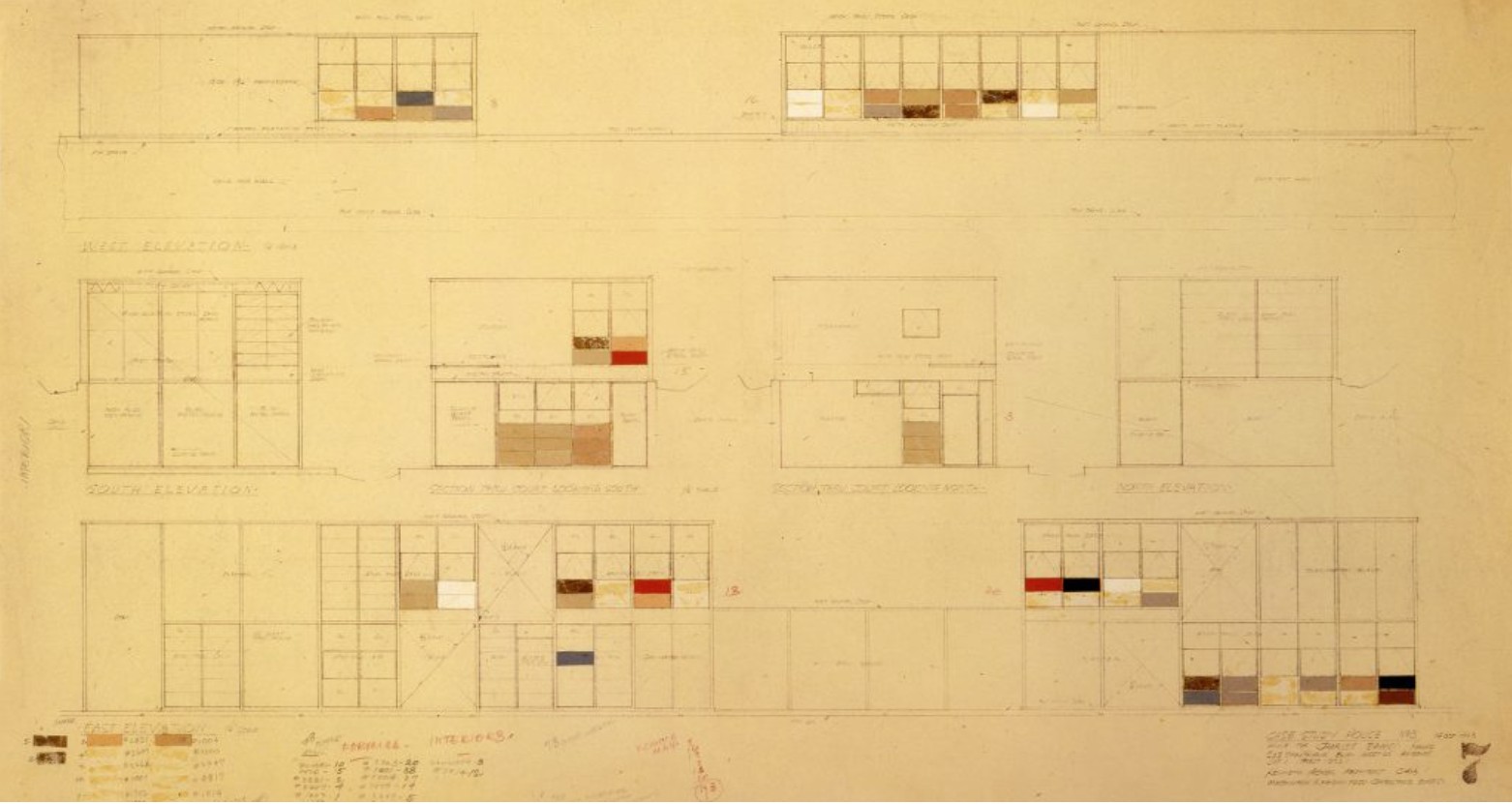
Eames, Charles, and Ray Eames. Eames House Elevation Drawings. 1948 Charles & Ray Eames Foundation.

KLH Massivholz GmbH. “Documents of FSC Certification for CLT Panels,” 2023.
While there are many broad interpretations of the role of “specifying” within the architectural profession, the specific, tangible product of the “specification document” holds significant legal weight in its role in the design, bidding, and construction processes. While the American Institute of Architects (AIA) states a mission of “advancing our nation's quality of life and protect(ing) the public's health, safety and welfare,”¹ the legal framework within which the profession operates often yields a disillusioned attitude among architects to realize this vision. Given this attitude, it becomes essential to examine each of the architect’s instruments of service to critically evaluate ways in which these modes of practice serve as opportunities for architects to exert their agency in the interest of the public good. In the case of specification documents, a close evaluation of their environmental and social implications reveals their potential to subvert this disillusioned sentiment, offering a means by which architects might exert agency for the public good.
Given this premise, the question is raised as to exactly how specifications can achieve this vision. While the documents are typically thought of as assurances for quality control and legal protection, the fact that they interface with building products in such a direct way implies a direct relationship between the specification document and wider systems of material extraction and manufacture of building products. Associated with these processes of extraction and production are linked carbon emissions, ecological footprints, and issues surrounding labor ethics. Because specification documents contain legally-binding requirements governing any number of variable qualities for a given building product, architects can directly specify the sustainability parameters which the chosen product should meet. These could include factors such as embodied carbon, involvement of ethical labor in production, responsible ecological practices regarding extraction, etc.
While this may seem like a brilliant solution to architecture’s response to the environmental crisis, in reality, the organization and management of such vast quantities of building project information is not to be underestimated in its complexity. Such a proposition necessitates an industry-wide response to re-consideration of the role of specs, and there are fortunately many practices and firms that are incorporating these considerations into their work and business models. One such example of this effort is Gensler, which recently introduced version two of their product sustainability standards, which were developed not just for internal use by Gensler, but are shared publicly in an effort to promote sustainable practices across the industry.² These standards often rely on proprietary documents published by product manufacturers, such as environmental product declarations (EPD’s) to disclose a given product’s ecological footprint.³ While these efforts are certainly a step in the right direction, the ever-complex frameworks by which sustainable standards are determined and implemented has the potential to create high barriers of entry to partaking in such a system; large firms like Gensler typically have the resources and specialization within their offices to successfully implement such systems, which can be challenging for small practices to compete with. These initiatives also rely on the buy-in of clients, which can be challenging in small projects with small budgets.
While there are certainly challenges to be overcome in regards to the responsible specification of building products, the existing and developing initiatives in this area imbue a sense of cautious optimism that the industry is changing; and with technologies on the horizon that promise to efficiently and accurately manage data that could be applied to building product databases, the widespread availability of information could serve to allow not just large firms to implement sustainable specification initiatives, but small practices as well. While highly speculative, it is certain that specifications have close links to a project’s ecological footprint, and through the careful use of these documents, architects can exert their agency in a positive way.
Works Cited
Sustainability—and the certifications and other conventional efforts to promote it—can only achieve so much when we confront the staggering reality that the building sector contributes to nearly 40% of global greenhouse gas emissions and consumes an equivalent share of the world’s raw materials.¹ Additionally, according to estimates of the World Green Building Council, 75% of the infrastructure needed to meet 2070 demands has yet to be built.² Despite this, most of the industry continues to pursue “responsible efficiencies” rather than to engage with more transformative changes in paradigm. In the context of a climate polycrisis, “efficiency” is not responsible, alternative strategies and different approaches are. One underutilized yet abundant resource that demands a new approach lies within reusing the existing building stock—comprising millions of square meters of material already extracted, fabricated, and constructed, but of which only 20–30% currently gets utilized.³
This potential is withheld from contemporary practice largely due to the lack of circular economy business models, incomplete “product” data, and legal and insurance limitations related to reusing “nonstandard” or weathered materials. Yet if we are to move toward a genuinely sustainable and circular architectural practice, the reuse of this “gray energy”⁴ must become not an exception, but the norm. Encouragingly, this is not unprecedented: material reuse has a long and global history in architectural practice.
In pre-industrial societies, techniques that incorporated the reuse of architectural elements were commonplace. The Roman practice of spolia, for instance, repurposed columns, stones, sculptures from older buildings (as seen in the Arch of Constantine).⁵ Reuse traditions have been documented as early as 1952 BCE in Egypt and well-documented from late antiquity to the pre-industrial world, where materials were salvaged out of necessity, in post-war redevelopment projects, and alongside craftsman-based expertise.⁶ What distinguishes these precedents from today is not technological limitation but a fundamentally different design paradigm—one rooted in site knowledge, flexibility, and embeddedness in construction practice. Perhaps, the shift from practices of reuse in modern society can be attributed to two developments: the architect's distinction from the master builder; the increased attention to liability and material performance reliability as building codes and architectural professionalization developed more rigid practice norms.
Within this contemporary form of practice, architects have attempted to reckon with the polycrisis through reuse—and the reemergence of adaptive reuse strategies and new development of pre-demolition material cataloging within architectural specifications signals a critical shift.⁷ Projects such as Elementa by PARABASE Architects, and Thoravej by Pihlmann Architects demonstrate how reusing building components can be both technically achieved and architecturally meaningful. In a conversation with Pablo Garrido Arnaiz of PARABASE architects, he described how they sourced parts from a municipal demolition catalog of Basel, tagging each element digitally onsite and designing around tolerances rather than precise fits. In a tour of Thoravej, Soren Pihlmann emphasized the architect’s physical presence on-site as essential to embracing the irregularities of reclaimed materials—requiring a design process that is more experimental, open-ended, and materially engaged. Whether these projects can bring forth a conventional practice is yet to be determined, but the approaches mirror the historical relationship of the architect to the construction site, and offer a glimpse of a new intelligence emerging for the specification of reused materials.
New technologies are aiding this shift. Initiatives like Reusefully in the UK use pre-demolition audits and 3D scanning to create detailed inventories of salvaged components. Similarly, White Recapture by White Arkitekter leverages laser scanning to digitally preserve and prepare materials for reintegration.⁸ These models suggest a transition from manual salvaging and cataloguing to high-resolution, AI-supported reuse systems, and furthermore illustrate how digitalization of material cataloguing may be essential to the feasibility of urban mining and material assessment. Of course, this doesn't yet eliminate complexity—it requires new forms of architectural intelligence attuned to irregularity, damage, and historical layering.
Despite these advances, the reuse of demolition stock still lacks a coordinated regulatory infrastructure. While voluntary systems like Environmental Product Declarations (EPDs) provide some guidance, the architecture industry remains without standardized, enforceable metrics for reuse potential or embodied carbon impact. AI-driven databases that track provenance, material health, and reuse compatibility could empower architects to specify more responsibly, but are only likely to be adopted if backed by broad industry collaboration and regulatory support.
In the broadest sense, rethinking the function of specifications is key. No longer just rigid documents defining idealized materials and methods, specifications can become tools of reverse-engineering—cataloging weathering, disassembly potential, and repair processes. This repositions the architect’s role from that of a selector of standardized parts to an interpreter of unique, existing material conditions. And by embracing nonstandard, local, and already-built materials within specification practices, architects can shift away from extractive models and toward regenerative ones, reclaiming a more grounded, material-based expertise—one that draws on pre-modern sensibilities while leveraging contemporary technology.
In short, specifications—when reimagined as dynamic, adaptive, and digitally integrated—have the power to make reuse both scalable and precise. They offer a path to decarbonizing construction not through new buildings and “efficient materials,” but through renewed relationships to what already exists. The challenge now is not technical feasibility, but cultural, legal, and infrastructural alignment: can the building industry embrace the risks and liabilities of uncertainty, accept imperfection, and coordinate reuse at scale in order to address the raw realities of a building’s material life cycle?
Works Cited
Specifications became my broad research topic this semester. Initially, I started to look at patents to understand authorship and how, as non-authors, we can access the material that architects produce. However, it was relevant first to understand the purpose, history, and tools architects have utilized to relate the products that already exist in the world and their own. Therefore, specifications became the most suitable product of practice to research.
Through the timeline that Jeffrey and I created, it is interesting to observe that specifications shifted how they are communicated based on tools developed at that time. For example, in Europe, there was a shift from oral instruction to drawings when paper became an established craft. At the same time, there is parallelism on existing notation systems, and the way specifications are presented. Another example is that specifications on the Renaissance line up to a parameter-based system and, most of the time, designed by the architect; it is common to find them in books or treatises.
In comparison, specifications now have a legal system; most of the time, in the United States, they are not designed by the architect but produced by an outsourcing company. This shift makes me curious about what do we, as architects, are leaving behind or not taking advantage of by not designing our own specifications. Instead of looking at a library, researchers in the future may have to look in government repositories to find the specification of an architecture product.
Works Cited
This semester I looked at specifications as a product of practice. While I initially focused on masonry specifications, which provided a strong historical starting point, my scope expanded to include the general category. One of the more interesting developments in my research came at the end when Allison asked if the forms of communication correlated with the rise in literacy. There was and my timelines matched. I would have liked to see how literacy influenced other products of practice as well. Out of all the “outside architecture” influences, I imagine literacy changes how we communicate more than anything else. Beyond the written word, computer literacy has changed the way we stamp and submit drawings. Now everyone is expected to be able to navigate a digital file system and open a PDF.
Moving forward, I know the future has already been written with BIM but history is full of surprises so I’m still curious how it will end up.
One unanswered question came from my initial reasons for choosing masonry, which was an experience on a job site where the natural stone masonry veneer was, in my opinion, installed incorrectly. However, I did not have documentation to support my opinion, and random sizes never fit into any exact pattern. I could have written something to the extent of: “Edges are not to align vertically for more than three pieces.” But I know this is not enough information to ensure a proper installation. So I would be curious to see how random stone veneers get specified by professional firms. I’m curious how it is described when parameterized in text. I was not able to find anything on MasterSpec yet but if I keep looking something might show up.
Works Cited
Construction Specifications Institute. “About Us.” Accessed March 13, 2025. https://www.csiresources.org/institute/csi-history.
Ackerman, James S. “Architectural Practice in the Italian Renaissance.” Journal of the Society of Architectural Historians 13 (October 1954): 3–11.
Thomas, Katie Lloyd. “Architectural Specifications and the Division of Labor.” Harvard Design Magazine, no. 52 (2024): 76–81.
Johnston, George Barnett. Assembling the Architect: The History and Theory of Professional Practice. London: Bloomsbury Publishing USA, 2020.
Thomas, Katie Lloyd. Building Materials: Material Theory and the Architectural Specification. London: Bloomsbury Visual Arts, 2022.
US Green Building Council. “Building Product Disclosure and Optimization - Environmental Product Declarations.” Accessed April 12, 2025. https://www.usgbc.org/credits/new-construction-core-and-shell-schools-new-construction-retail-new-construction-data-43.
Nugent, Ciara. “Climate-Conscious Architects Want Europe to Build Less.” Time, August 2022. https://time.com/6205376/green-architecture-europe-retrofitting-buildings/.
Forty, Adrian. “Drawing Matter: Phillip Webb.” Drawing Matter. Accessed March 15, 2025. https://drawingmatter.org/forty-philip-webb/.
Gensler. “Gensler Product Sustainability (GPS) Standards v2.0.” Accessed April 12, 2025. https://www.gensler.com/gensler-product-sustainability-standards.
Kuxhausen-DeRose, Katrina. “Mnemosyne and Lethe: Upcycling Spolia at the Athenian Acropolis in the 5th Century BCE.” Journal Of Architectural Histories 11, no. 1 (2022). https://journals.librarypublishing.arizona.edu/uahistjrnl/article/id/2202/.
Osorio-Silva, Luiza. “Out of Ruins: Contextualizing an Ancient Egyptian Spectacle of Architectural Reuse.” Cambridge University Press, Cambridge Archaeological Journal, 33, no. 1 (2023): 45–62. https://doi.org/10.1017/S0959774322000397.
Caroll, Sean, and Carolina Kyllman. “Reused and Recycled Buildings Challenge Wasteful Construction Status Quo.” Research Journal. Journalism for the Energy Transition, April 2024. https://www.cleanenergywire.org/circular-economy-construction-europe#:~:text=Poor%20design%20and%20lack%20of,actors%20across%20different%20value%20chains.
Osman, Michael. “Specifying.” In Design Technics, 129–62. Minneapolis: University of Minnesota Press, 2020.
Huppert, Ann. “Spotlight Story: Ann Huppert.” College of Built Environments Research Portal, 2020. https://research.be.uw.edu/2020/12/28/spotlight-story-ann-huppert/.
Carpo, Mario. “The Craftsman and the Curator.” Perspecta 44 (2011): 86–91.
American Institute of Architects. “The History of AIA Contract Documents.” Accessed March 12, 2025. https://learn.aiacontracts.com/contract-doc-pages/21531-the-history-of-aia-contract-documents/#:~:text=The%20history%20of%20AIA%20Contract%20Documents%20dates%20to%201888%20when,standardized%20general%20conditions%20for%20construction.
Sullivan, Kevin. “Understanding the Climate Crisis in an Era of Polycrisis.” Verisk, 2024. https://core.verisk.com/Insights/Emerging-Issues/Articles/2024/September/Week-1/Polycrisis-and-Insurance-Risks.